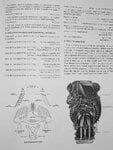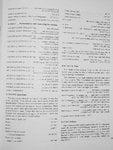kool kitty89
Senior Master Sergeant
I'd say it was the N1K-2J for the Japanese, not as fast or heavily armed as the Ki-84 (For Ki-84 with 30mm) but it was long legged and the only Japanese plane that vould compare with the toughness and pilot protection of US fighters. Plus it could climb almost as well and outmaneuver all allied fighter opposition. (it also had automatic combat flaps) It had a decent armament, though still not enough to really fight the B-29's and not enough high alt performance (common to all a/c with the engine) Plus performance was much limited by the low octane Japanese fuel, with US 100 octane fuel it aoutperformed the Hellcat in all performance categories and it had even better maneuverabillity than prior.
Like most Japanese a/c it also had good all-around visibility.
Like most Japanese a/c it also had good all-around visibility.


